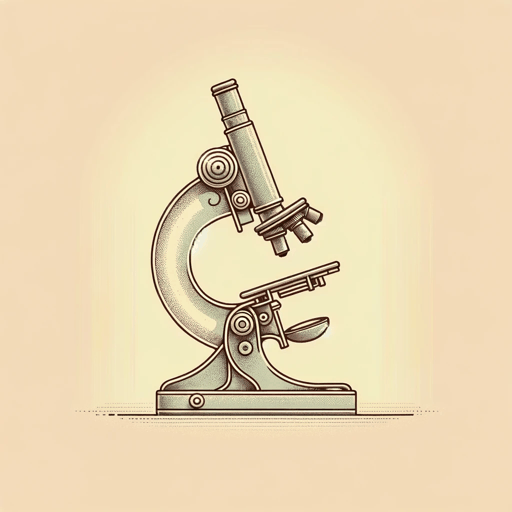39 pages • 1 hour read
William H. McneillPlagues and Peoples
Nonfiction | Book | Adult | Published in 1976A modern alternative to SparkNotes and CliffsNotes, SuperSummary offers high-quality Study Guides with detailed chapter summaries and analysis of major themes, characters, and more.
Chapters 5-6Chapter Summaries & Analyses
Chapter 5 Summary: “Transoceanic Exchanges, 1500-1700”
McNeill explains the Atlantic crossing of Europeans to the Americas represented a global ecological transformation:
Consequently, plants and animals from the Old World introduced by Europeans to the Americas often displaced native American species, and disturbed pre-existing ecological balances in explosive and, at least initially, highly unstable ways (209).
However, McNeill warns, evidence and records of the human-scale level of that change must be patched in with a great deal of speculation.
Evidence seems to show that pre-Columbian American disease was trivial compared to the post-Columbian impact. Archeological records show few records of visible disease in fossilized remains, and while written records of famine and crop failure exist, there is little evidence of pestilence. There was less domestication of animals in the Americas, which proved to be a vector for disease in Europe. Additionally, there is good evidence to suggest a thriving and populous American civilization at the time prior to the arrival of Columbus, with population density straining against the full capacity of agricultural infrastructure.

